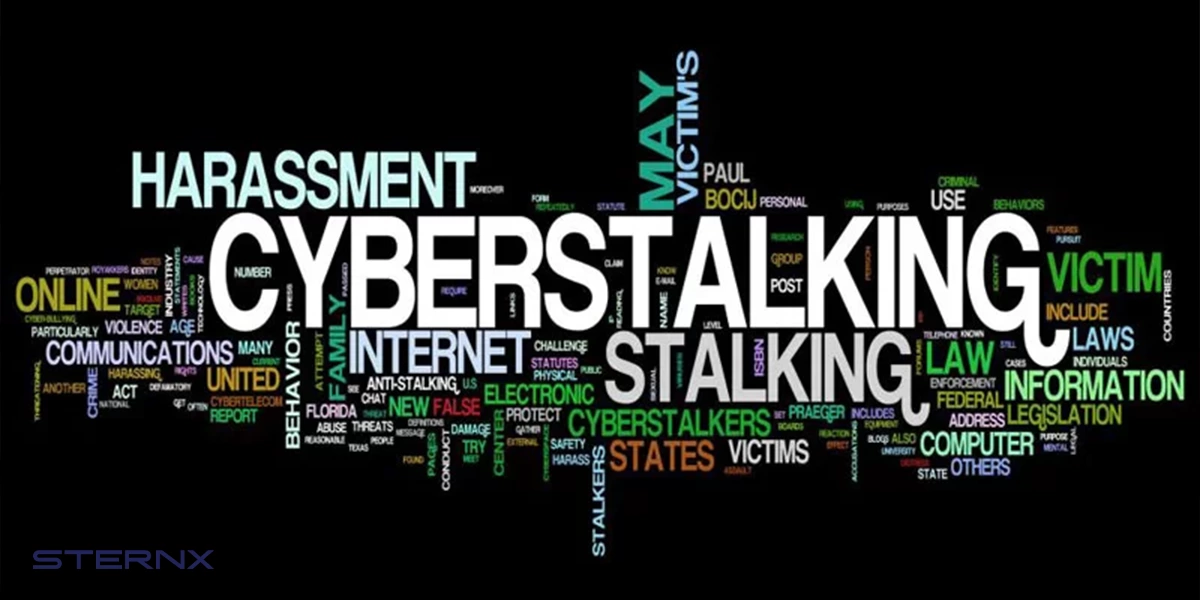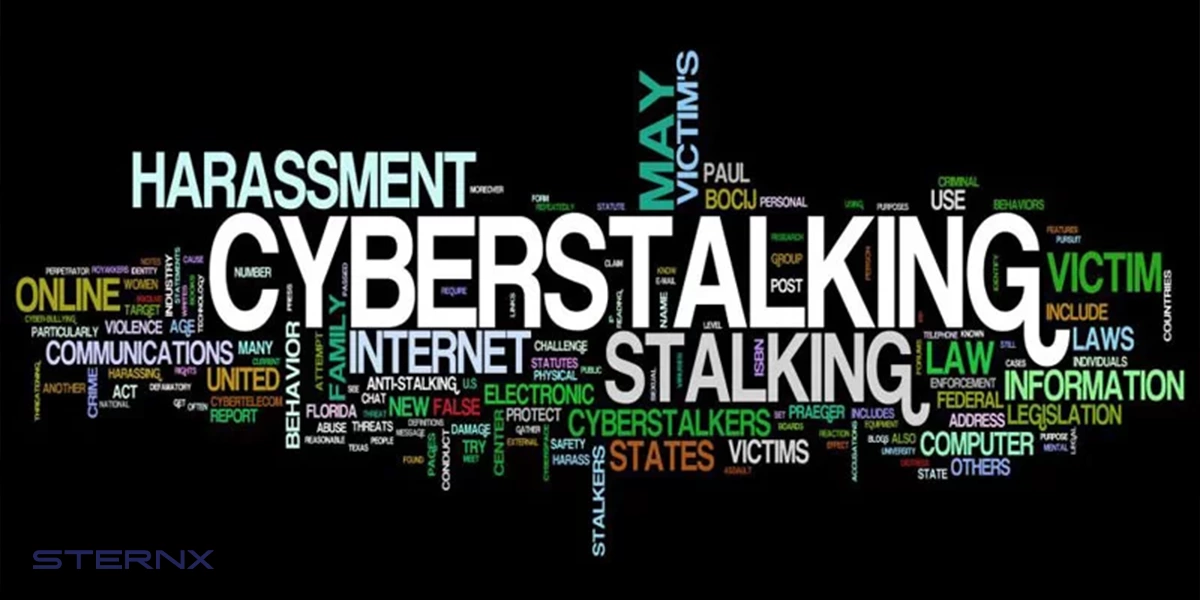
2024-1-17 20:55:48 Author: securityboulevard.com(查看原文) 阅读量:18 收藏
Various forms of online harassment have become increasingly common. Two of the most well-known are cyberstalking and cyberbullying. While these terms are sometimes used interchangeably, there are important distinctions between them that are helpful to understand. Grasping the key differences can aid in properly identifying and responding to different kinds of threatening or disturbing online behaviors.
What Is Cyberstalking?
Cyberstalking refers to repeated harassing or threatening behavior directed towards a specific person through digital means, such as social media, emails, texts and other online channels. It may involve false accusations, monitoring someone’s activities, identity theft, extortion, or threats of harm. Stalking generally refers to an obsessive preoccupation with someone, while cyberstalking is the digital extension of that unwanted fixation and harassment.
What Is Cyberbullying?
Cyberbullying refers to the intentional tormenting, threatening, harassing, humiliating or targeting of someone through digital means, often repeatedly over an extended period of time. It is frequently aimed at particular groups or individuals who are perceived as vulnerable. Both children and adults can be victims of various kinds of cyberbullying. It tends to exploit an imbalance of power, with the perpetrators seeking control and reactions from the targets.

Overlapping Behavioral Elements
Though cyberstalking and cyberbullying have distinct emphases and aims, there can be some overlapping behaviors between them. For example, harassment, threatening messages, identity theft, defamation and monitoring activities could potentially occur within both.
However, cyberbullying tends to differ in involving a wider range of digital channels such as texts, online forums, social media platforms and gaming environments. It may also sometimes manifest as group bullying behavior rather than originating from one individual. Cyberstalking usually remains narrowly fixated on a specific target through intrusive surveillance and life disruption.
Motivations and Goals
When considering the difference between cyberbullying and cyberstalking, looking at the motivations behind the behavior is key.
The motives behind cyberstalking often involve fixation, control, and retaliation against someone specific, in some cases stemming from a former real-life relationship or resentment over some perceived offense. There is often a history and backstory to the cyberstalker’s obsession with the individual they begin targeting online. The primary goal tends to be making that particular person afraid or destroying their reputation or livelihood.
In contrast, cyberbullying motivations can vary greatly from boredom and attention-seeking to resentment, jealousy and expressions of anger. The victims are targeted based more on perceived vulnerability and opportunity instead of any previous interpersonal relationship. In many instances the primary goals include public humiliation, exposing secrets, social exclusion and the feeling of power that comes from provoking reactions. Cyberbullies may encourage others to dislike or gang up on the victim.
Impacts of Victimization
The victimization impacts of cyberstalking and cyberbullying can be severe and long lasting in both cases, though they may differ slightly.
Being the target of cyberstalking can create extreme anxiety, dread and hypervigilance stemming directly from the sense of being watched and harassed. Victims often suffer from severe distress, sleep disruption, post traumatic effects and perception of danger which can lead to altering normal life activities. There can also be professional or educational consequences.
Meanwhile, common emotional consequences of cyberbullying include distress, embarrassment, frustration, anger and depression. Many targets eventually develop significant psychosocial issues linked to social isolation, anxiety disorders, substance abuse, self-harming behaviors and suicidal thoughts. These can persist even into adulthood. Victims also frequently encounter school truancy and declining academic performance.

Legal Differences Between Cyberstalking And Cyberbullying
There are differences in how cyberstalking and cyberbullying may be classified legally. Cyberstalking activities are more likely to cross legal lines into criminal offenses such as harassment, extortion, malicious communications and threats of violence. Stalking may also violate civil orders of protection meant to shield specific individuals. Therefore clear criminal stalking cases can potentially lead to arrests, charges and court interventions including prison.
Alternatively, cyberbullying behaviors may be taken less seriously by authorities or fail to rise to cleanly meet definitions of criminality, leading to few arrests. There is ongoing debate about how serious repeated online harassment incidents should be classified legally, especially those directed at children and teens. Typical school bullying policies offer little protection off campus, and laws meant to address cyberbullying behaviors vary significantly between regions. Victims are left with limited and often unsatisfactory legal recourse in most cyberbullying situations.
Cyberstalking And Cyberbullying Prevention And Response
There are a range of constructive responses that can help curb cyberstalking and provide support including speaking out about the behavior, collecting evidence, tightening online privacy, reporting to social media platforms and authorities when appropriate, and seeking counseling. Strict legal consequences may deter cyberstalking in some cases.
Cyberbullying poses challenges for prevention and response, given victims’ fears of retaliation for reporting, authority limitations off school grounds, and the commonality of anonymous bullying. Improved monitoring and prevention education, along with enhanced laws and policies have been proposed to address repeated online harassment. Support groups, counseling, and public awareness campaigns can also assist those targeted by cyberbullying behaviors.
The digital world has brought previously unfathomable opportunities for connecting, learning, and access to information. However, it has also enabled new avenues of deceit, harassment, and exploitation. In a click, the perception of distance and anonymity can lead some to unleash harmful impulses online with terrible costs to others. Understanding the differences between cyberstalking and cyberbullying is essential, but confronting the roots is the only way to curb abuse and promote a culture of empathy and respect.
Grasping distinctions between cyberbullying and cyberstalking requires going beyond surface similarities to understand key differences in behaviors, motivations, victimization impacts, and current societal responses. Though the legal, emotional, and relational consequences can be severe in both forms of online abuse, cyberstalking stems from obsessive fixation and life disruption of specific individuals. Meanwhile cyberbullying aims to threaten vulnerable targets, provoke reactions and encourage exclusion.
Ongoing cultural change and updated policies are vital to counteract the rising tide of online harassment. Further public education, prevention tools, and consistent enforcement can help protect those targeted by threatening digital behaviors. In our pragmatic responses lies hope for turning the tide. By addressing both societal mindsets and flawed systems enabling abuse, we can pursue an online landscape defined by connectivity, creativity, and community instead of cruelty.
The post What is the Difference Between Cyberstalking and Cyberbullying? appeared first on SternX Technology.
*** This is a Security Bloggers Network syndicated blog from SternX Technology authored by Ernest Frimpong. Read the original post at: https://sternx.ae/en/difference-between-cyberstalking-and-cyberbullying/
如有侵权请联系:admin#unsafe.sh